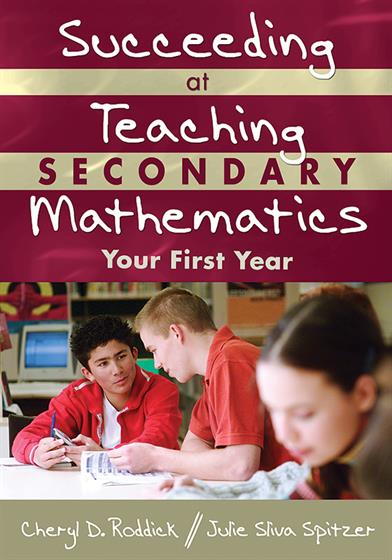Hands-on, Practical Guidance for Educators
From math,
literacy, science, equity, multilingual learners, and SEL, to assessment, school counseling,
and education leadership, our books are research-based and authored by experts
on topics most relevant to what educators are facing today.

Succeeding at Teaching Secondary Mathematics
Your First Year
All the support and guidance new mathematics teachers need—in one invaluable resource!
This guide provides beginning teachers with the information they need to know about teaching middle and high school mathematics—from assessment to standards-based teaching to student engagement strategies. Offering practical strategies and classroom vignettes, the authors focus on NCTM content and process standards and show teachers how to:
- Focus on the big ideas in teaching mathematics
- Design a curriculum that is meaningful
- Differentiate instruction to include all learners
- Engage students by meeting their affective, behavioral, and cognitive needs
- Use a variety of assessment methods
Product Details
- Grade Level: 6-12
- ISBN: 9781412927635
- Published By: Corwin
- Year: 2010
- Page Count: 136
- Publication date: March 22, 2010
Review Copies
This book is not available as a review copy.

